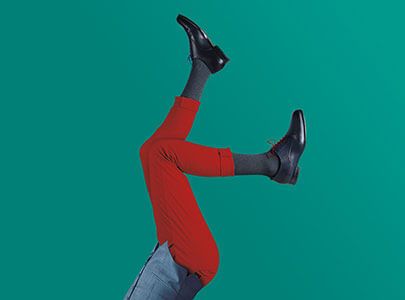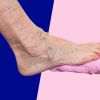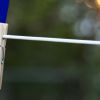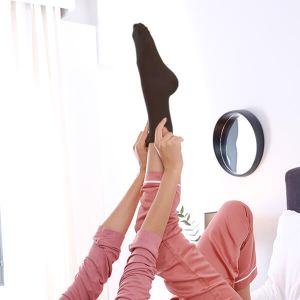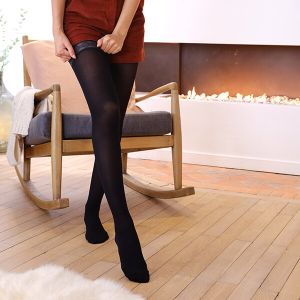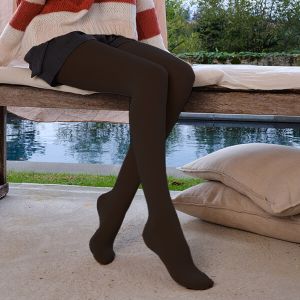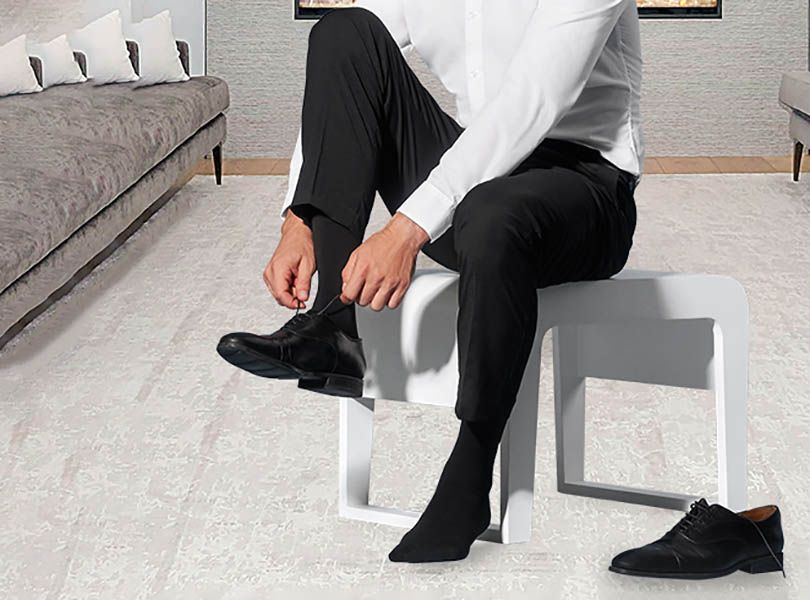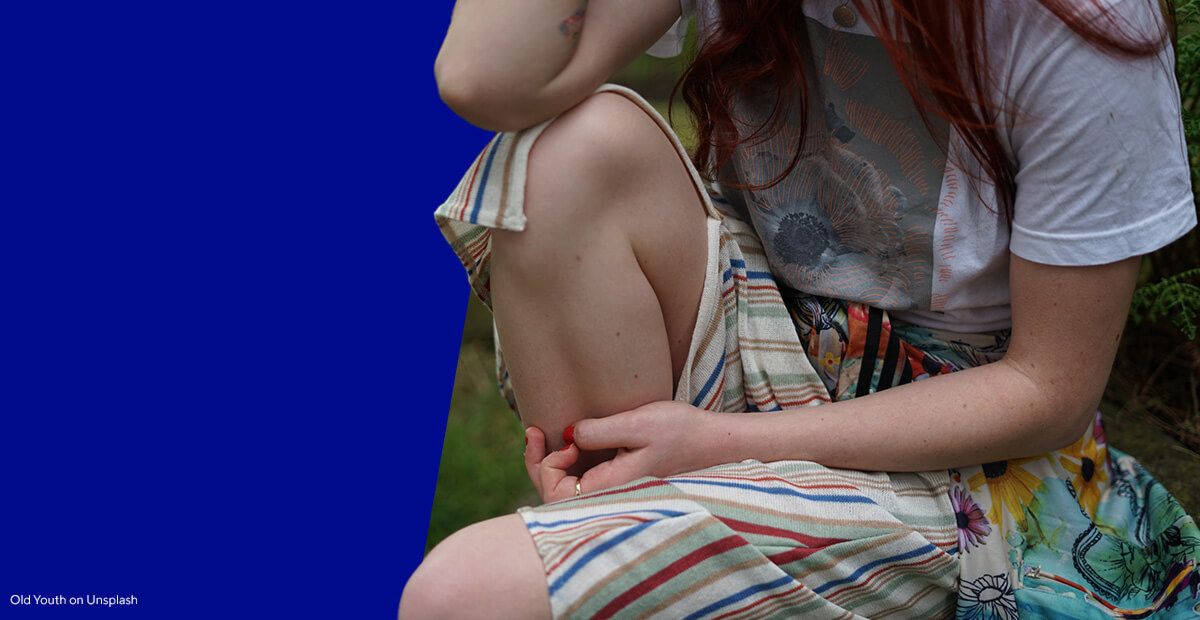Compression ratios
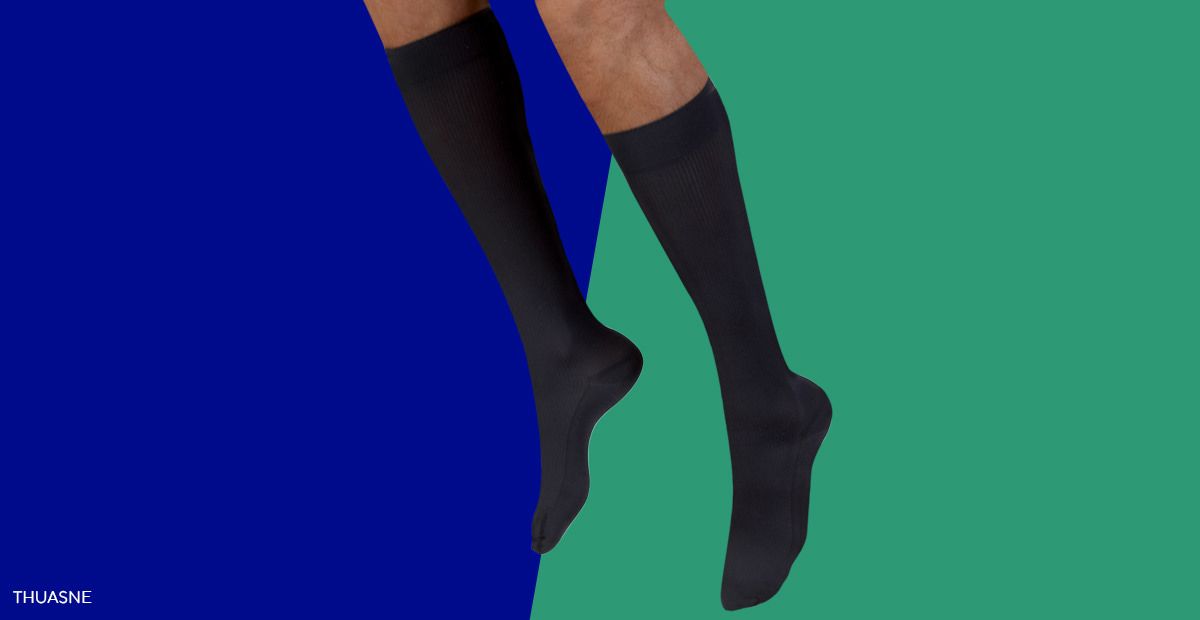
Compression therapy, also known as compression therapy, is one of the oldest and most common methods of treating varicose veins and other venous system diseases. It uses the so-called compression products: knee-high socks, stockings and varicose vein tights.
The basic condition for the effectiveness of compression therapy is their proper fitting. It is also important to choose the optimal level of compression and size, because then we have a guarantee of effectiveness of the undertaken treatment.
What is compression therapy?
Compression therapy is a non-invasive therapeutic method used both for treatment and prevention of venous system diseases. It is based on bandaging and the use of special compression products (knee-high socks, stockings, varicose vein tights). The basic element determining their effectiveness is proper sizing.
Another important factor is the degree of compression, i.e. the force with which the products compress the limbs and thus support blood circulation.
There are two classifications of compression levels: RAL (German) and Asqual (French). In the first one, four degrees of compression are distinguished:
- Grade I compression: 18-21 mm Hg.
- Grade II compression: 23-32 mm Hg.
- III degree of compression: 35-45 mm Hg.
- Compression class IV: >60 mm Hg.
The second classification -Asqual- mainly distinguishes three compression degrees.
- Grade 1 compression: 10-15 mm Hg.
- 2 compression degree: 15-20 mm Hg.
- 3 degree of compression: 20-36 mm Hg
Level I compression (18-21 mm Hg) RAL or Level 2 compression (15-20 mm Hg) ASQUAL
The choice of compression level should be dictated by the level of lesion advancement and risk assessment. The first compression level (15-20 mm Hg) causes slightly noticeable pressure. Knee-high socks, stockings, tights and other products marked with compression class I may be used both when lesions are present and for varicose vein prophylaxis. The main indications for the use of Level I compression products are:
- feeling of heaviness and tiredness of legs,
- varicose veins without accompanying swelling of legs,
- I trimester of pregnancy,
- long journeys (more than 5 hours),
- airplane flights,
- Standing or sitting work,
- telangiectasias (spider veins).
Level II compression (20-36 mmHg) RAL or Level 3 compression (20-36 mmHg) ASQUAL
Compression products marked with II level of compression have stronger compression effect. They differ from I/2nd level compression products mainly in their effect - slightly higher compression not only prevents changes from occurring but also prevents visible varicose veins and the so-called spider veins from spreading on the entire surface of lower limbs. Compression products of II/3 degree of compression should be used in case of:
- varicose veins during pregnancy (second and third trimester),
- superficial vein thrombosis,
- post-traumatic edemas,
- post-operative swellings,
- venous ulcers of shin,
- prophylaxis of venous thrombosis,
- after sclerotherapy of varicose veins,
Level III compression (35-42 mm Hg)
Knee-high socks, tights, stockings and other compression products marked with III degree of compression cause deep superficial compression which is strongly felt. They are mainly intended for people with medical conditions. The main indications for the use of III degree compression products are:
- very large swellings on legs,
- chronic venous insufficiency,
- lymphedema,
- venous ulcers of the shin,
- developed post-thrombotic syndrome.
Contraindications for the use of compression products
The use of compression products has many advantages - it improves blood supply to the lower limbs and prevents the development of venous system diseases. However, these products are not intended for everyone.
They should not be used by people with atherosclerosis, adhesive arteritis of the lower limbs, diabetic angiopathy and other diseases accompanied by leg ischemia. Compression therapy is also not suitable for people with inflammatory conditions of the skin, subcutaneous tissue and muscles.
The use of compression products is also not recommended if there is hypersensitivity to any of their components.
Bibliography:
- Jawień A., Szewczyk M.T., Kompresjoterapia. Poznań 2009.
- Dymarek R., Rosińczuk-Tonderys J., Ptaszkowski K., et.al., Compression therapy in the prevention of deep vein thrombosis in patients after stroke - a review of scientific evidence, Wiadomości Lekarskie. 2015; 68: 51-57.

